64+ Email Marketing Samples
-
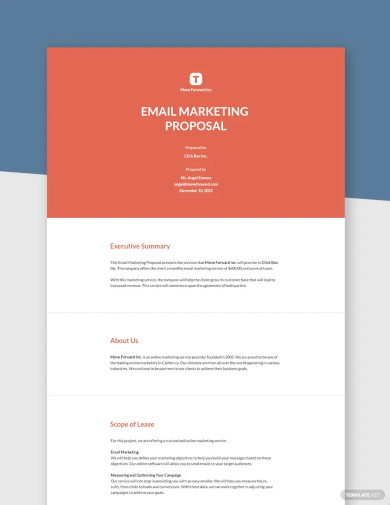
Email Marketing Proposal Template
download now -
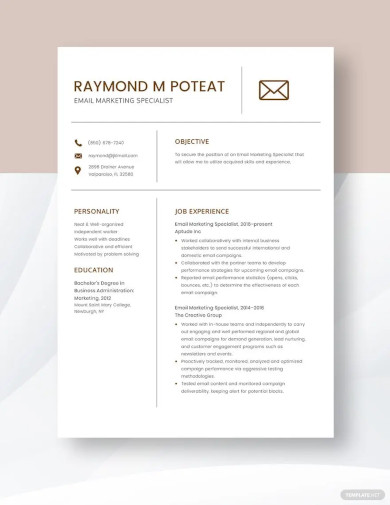
Email Marketing Specialist Resume Template
download now -
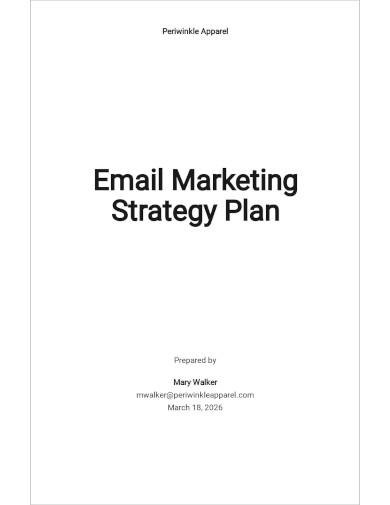
Email Marketing Strategy Plan Template
download now -
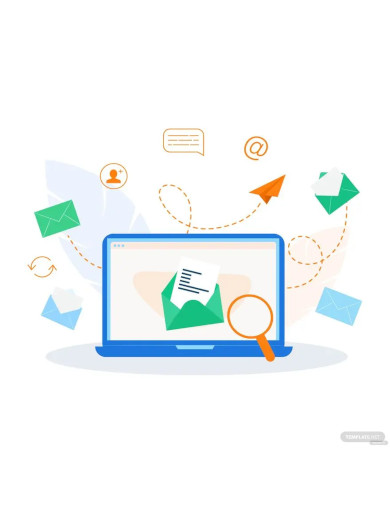
Email Marketing Vector
download now -
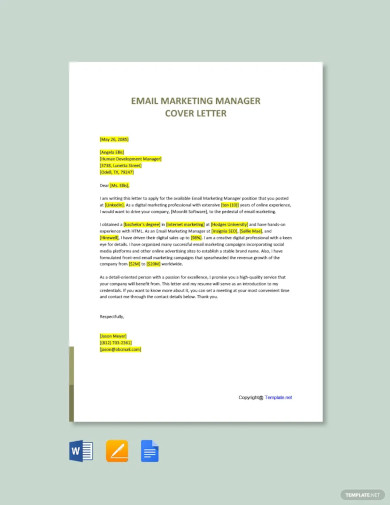
Email Marketing Manager Cover Letter Template
download now -
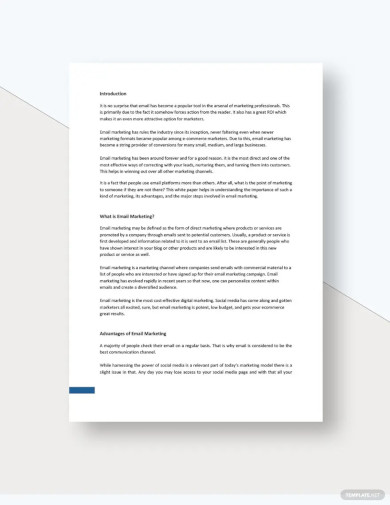
Email Marketing White Paper Template
download now -
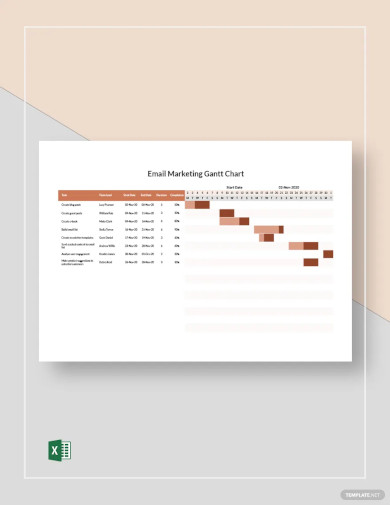
Email Marketing Gantt Chart Template
download now -
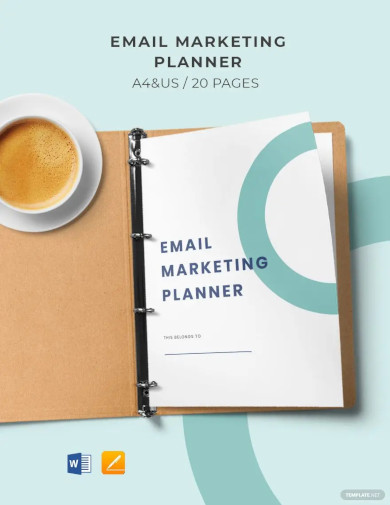
Email Marketing Planner Template
download now -

Email Marketing Roadmap Template
download now -
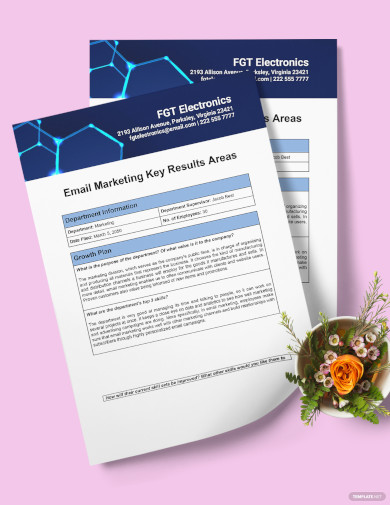
Email Marketing KRA Template
download now -
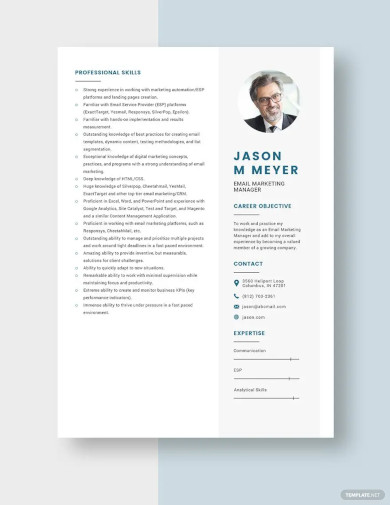
Email Marketing Manager Resume Template
download now -
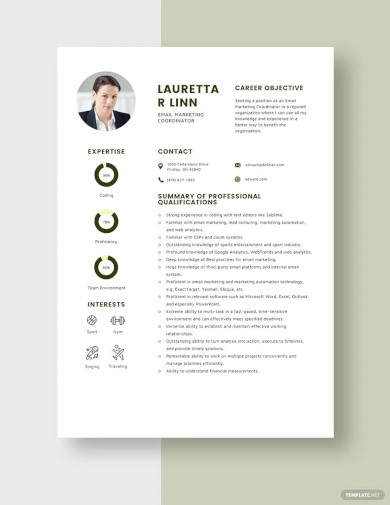
Email Marketing Coordinator Resume Template
download now -
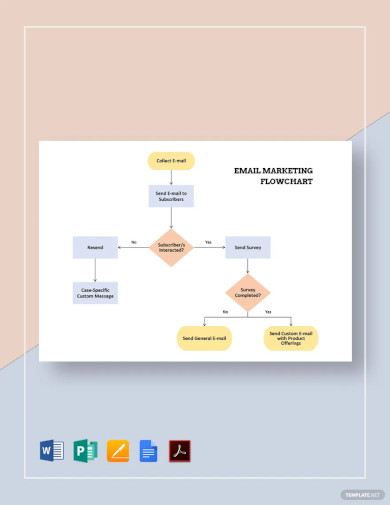
Email Marketing Flowchart Template
download now -
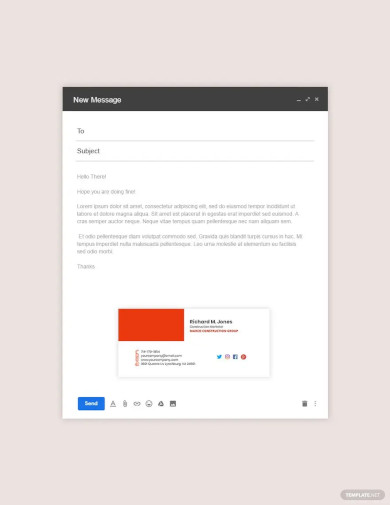
Construction Marketing Email Signature Template
download now -
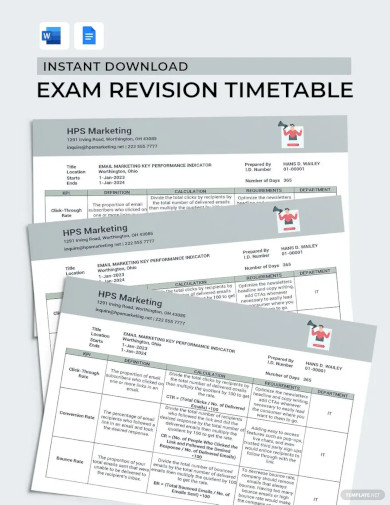
Email Marketing KPI Template
download now -
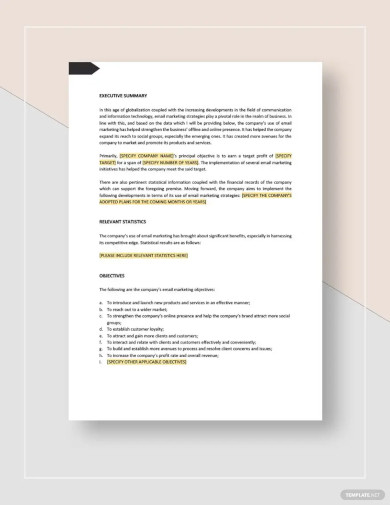
Email Marketing Report Template
download now -
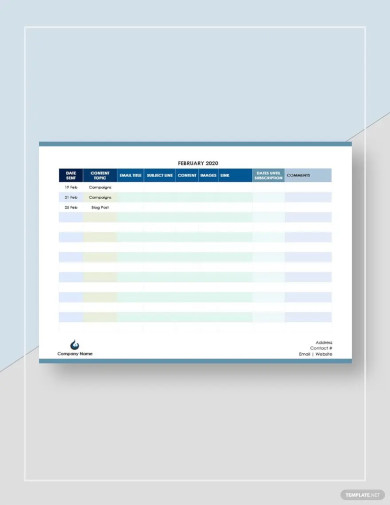
Email Marketing Calendar Template
download now -

General Email Marketing Proposal Template
download now -

Standard Email Marketing Report Template
download now -
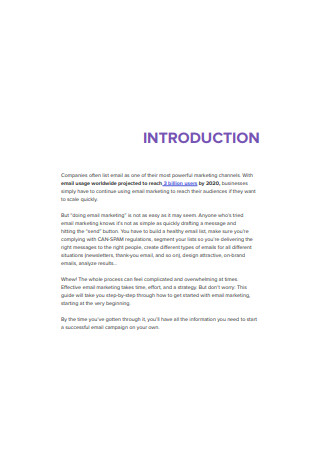
Email Marketing Sample
download now -
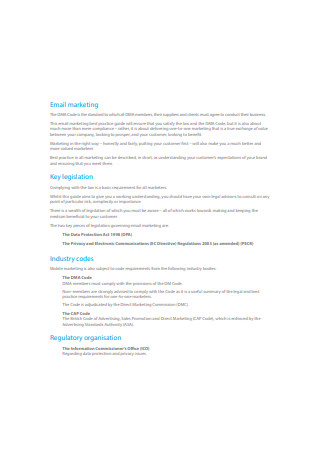
Simple Infographic Email Marketing
download now -
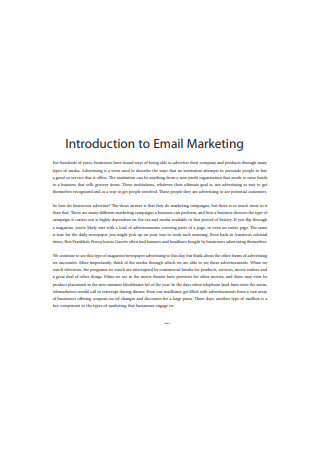
Business Social Media Email Marketing Sample
download now -
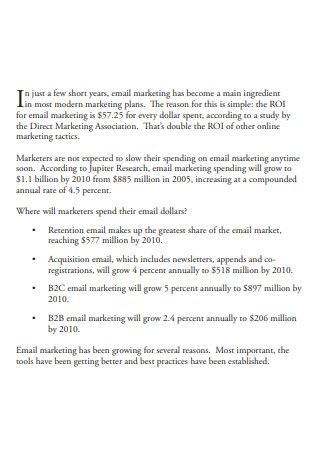
Practical Creative Email Marketing Sample
download now -
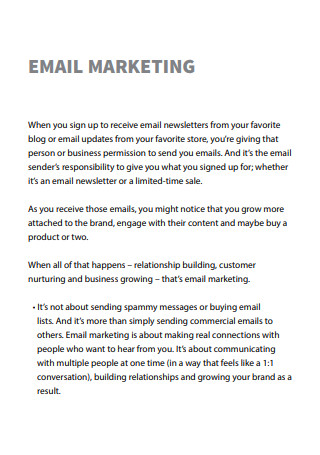
Digital Email Marketing Strategy Sample
download now -
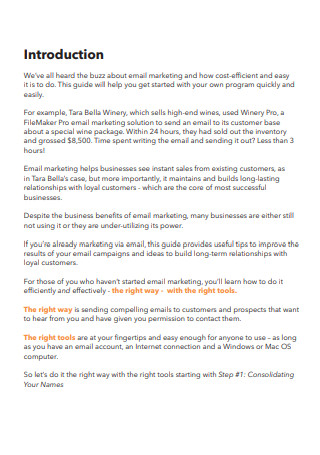
Mobile Email Marketing Example
download now -
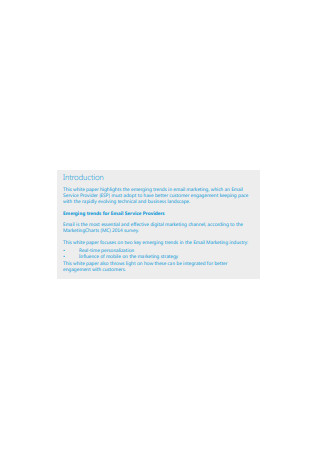
B2B Emerging Trends in Email Marketing
-
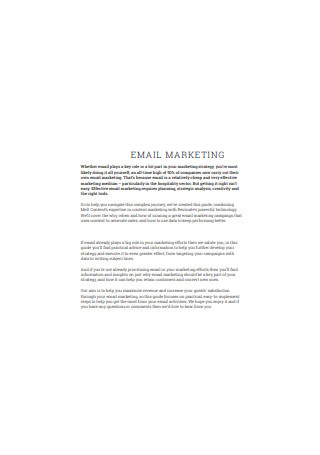
Basic Email Marketing
-

Comprehensive Email Marketing Sample
-
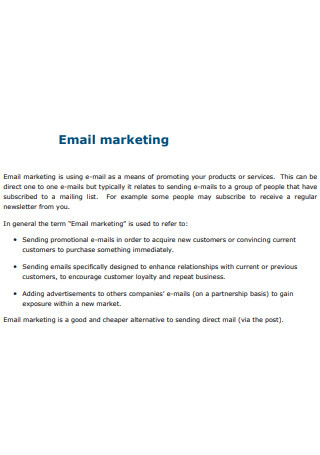
Product Email Marketing Sample
-
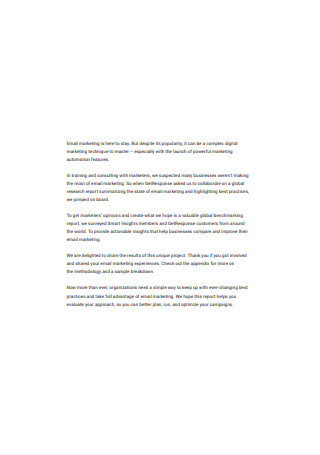
Email Marketing Report Sample
-
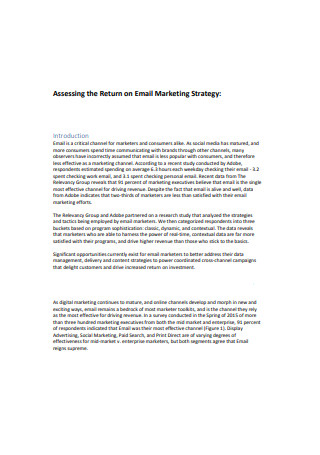
Assessing the Return on Email Marketing Strategy
-
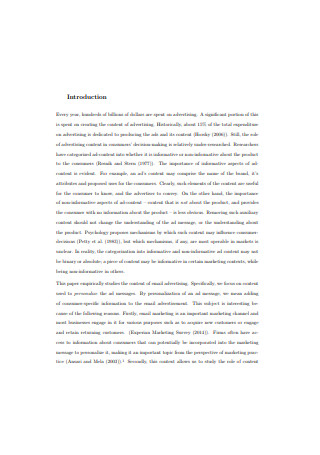
Personalization Email Marketing Sample
-
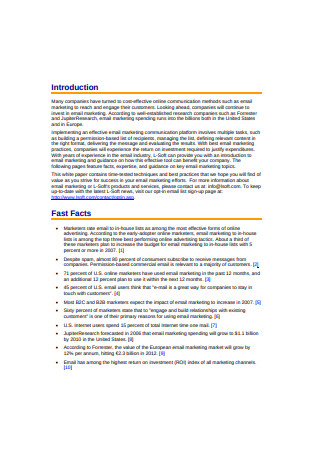
Fast Facts of Email Marketing Sample
-
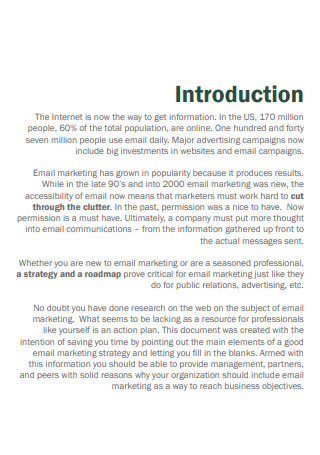
Building an Email Marketing Strategy
-
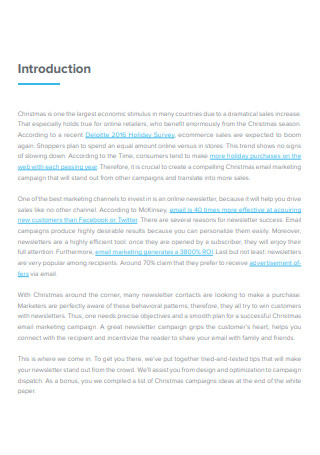
Christmas Email Marketing Sample
-
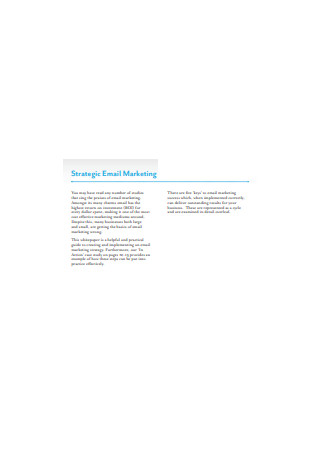
Strategic Email Marketing Sample
-
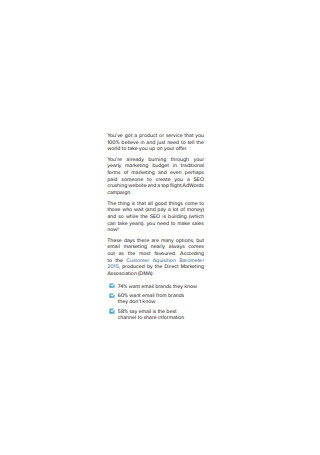
Prospect Email Marketing Sample
-
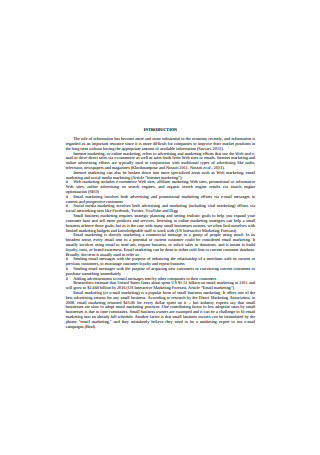
Advertising Email Marketing Sample
-
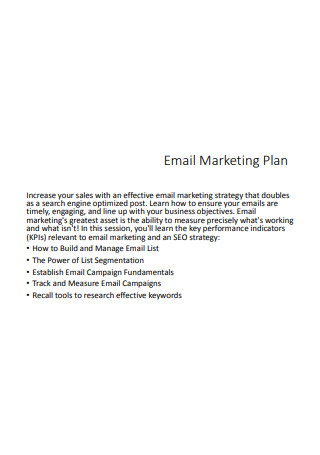
Email Marketing Plan Sample
-
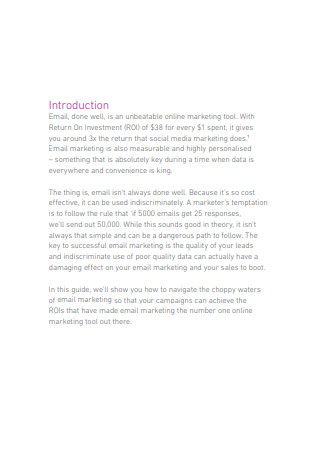
Business to Business Email Marketing Sample
-
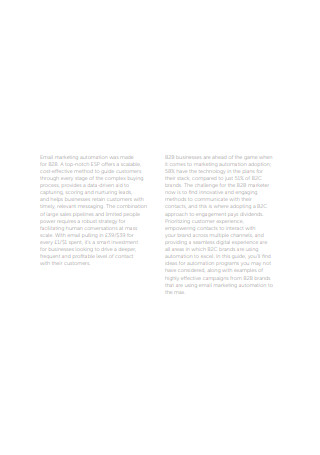
Business to Business Email Marketing Automation
-
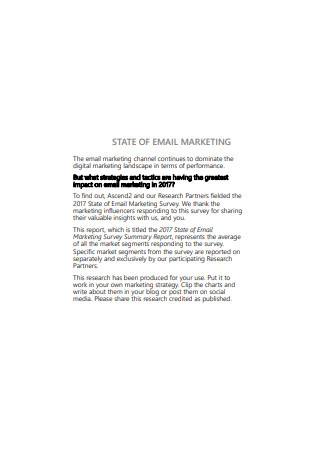
State of Email Marketing Sample
-
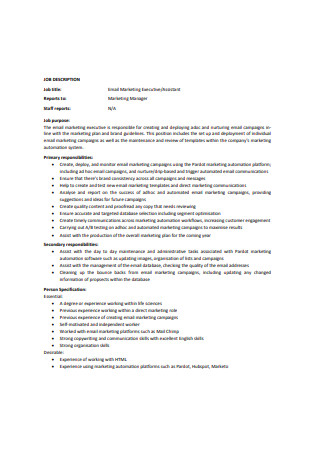
Email Marketing Executive Sample
-
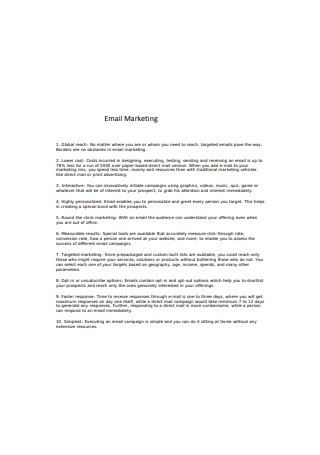
Email Marketing Services Sample
-
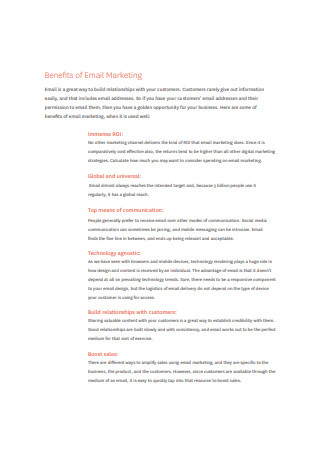
Benefits of Email Marketing
-
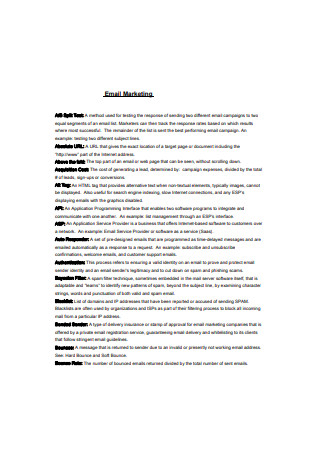
Sample Email Marketing
-

Email Marketing Audit Sample
-

Consumer Email Marketing Sample
-
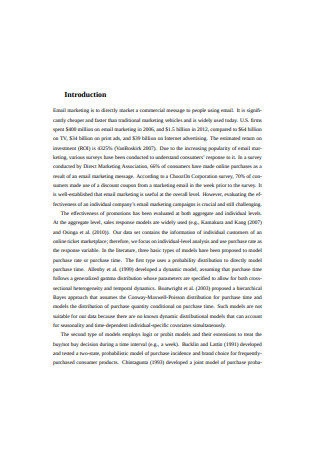
Commercial Email Marketing Sample
-
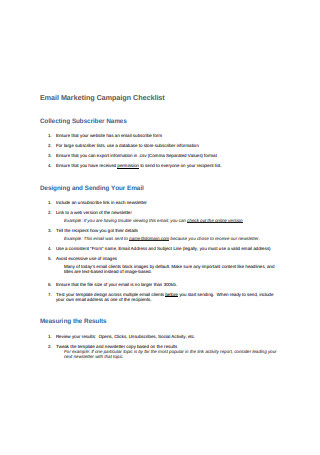
Email Marketing Campaign Checklist
-
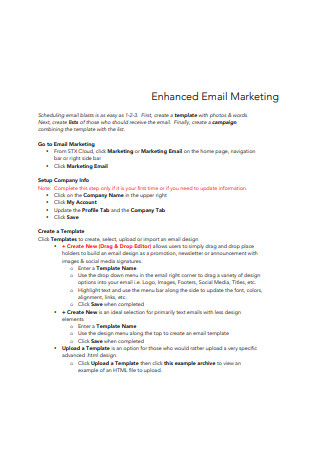
Enhanced Email Marketing Sample
-
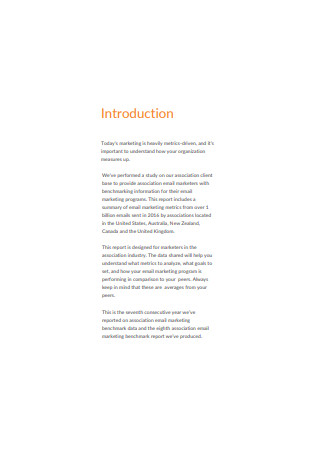
Email Marketing Benchmark Report Sample
-
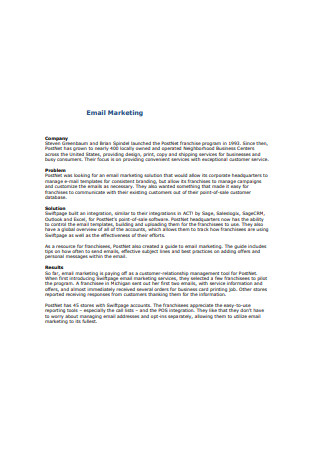
Company Email Marketing Sample
-
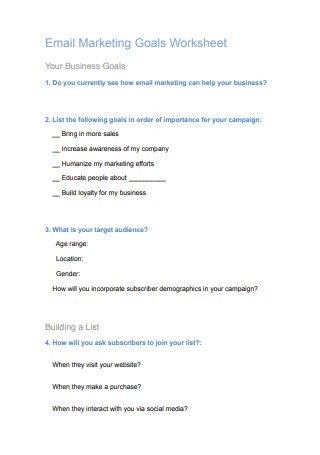
Email Marketing Goals Worksheet Sample
-
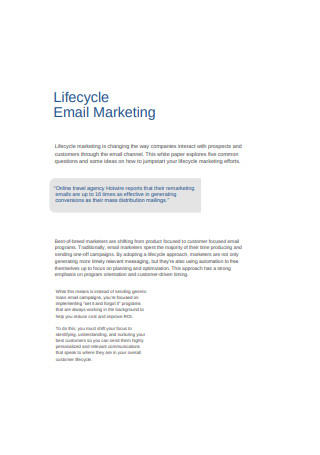
Lifecycle Email Marketing Sample
-
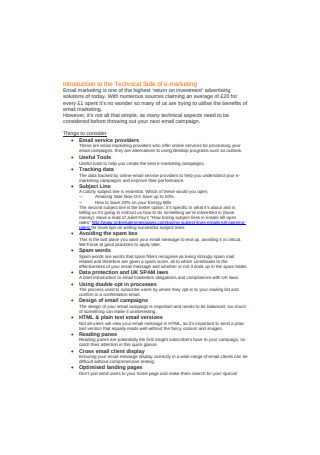
Technical Email Marketing Sample
-
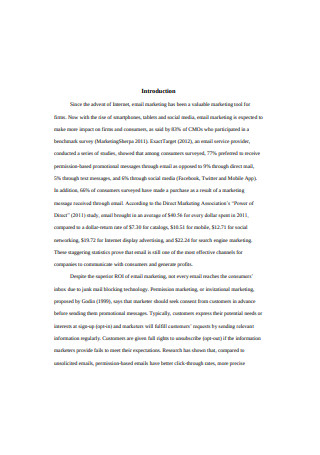
Interactive Email Marketing Sample
-
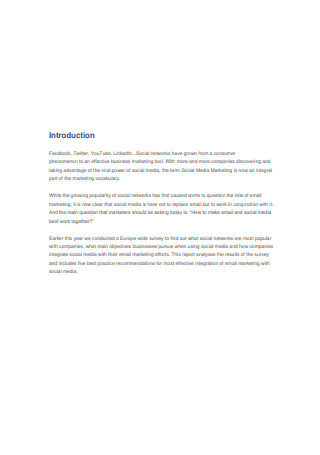
Social Email Marketing Sample
-
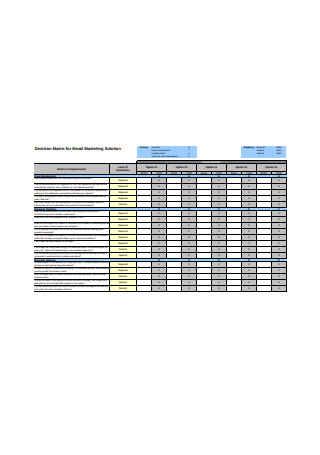
Decision Matrix for Email Marketing Solution
-
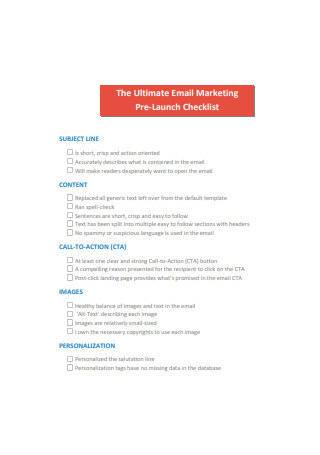
Ultimate Email Marketing Pre-Launch Checklist
-
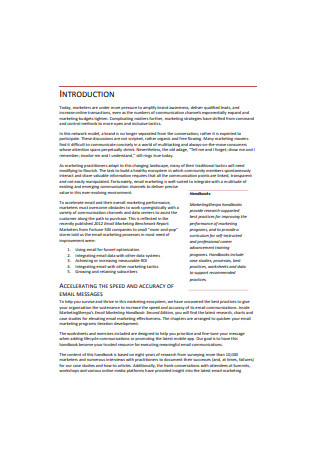
Email Marketing Handbook Sample
-
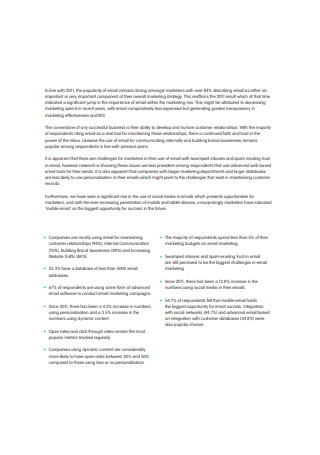
Email Marketing Insight Sample
-
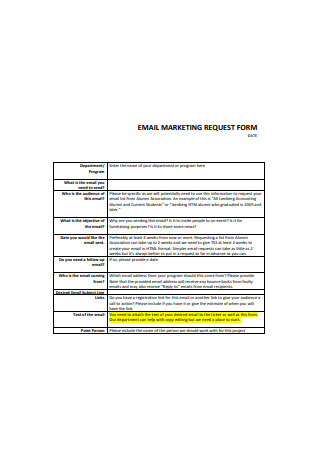
Email Marketing Request Form Sample
-
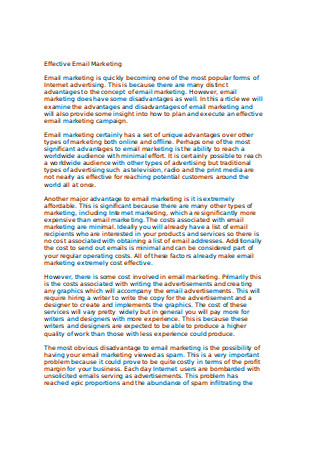
Effective Email Marketing Sample
-
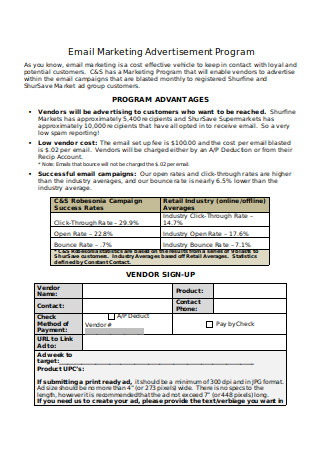
Email Marketing Advertisement Program Sample
What Is Email Marketing?
Email marketing is a fast and efficient way of cultivating relationships with new prospects and retaining existing customers by encouraging favorable actions. While it’s only a segment of internet marketing, it’s one of the few marketing methods that enable marketers to deliver targeted and personalized messages. Email marketing provides the opportunity for small- and medium-sized businesses to reach the international market by getting a clear message across via the web. It can even be used as a follow-up tool for guerilla marketing and other unique methods. If done correctly, it can substantially drive more traffic to your website or blog and increase income for your business.
“There are 3.7 billion email users in the world; about 233 million of them are located in the United States.” (Source: Statista)
“Email marketing is the king of the marketing kingdom with a 4400% ROI and $44 for every $1 spent.” (Source: Campaign Monitor)
“82% of B2B and B2C companies use email marketing technology.” (Source: Medium)
Types of Email Marketing
Emails are one of the best channels for marketing. However, selecting the right format to build relationships and grow revenue is crucial to its success. Each type of sample email marketing has its fair share of advantages and disadvantages in terms of optimizing your sales and marketing cycle.
Steps to Run an Email Marketing Campaign
If you think that email marketing is as simple as sending promotional messages to your target audience, then you might want to rethink your strategy. In reality, a successful email marketing campaign requires a more thorough approach to ensure your message delivers the expected outcome. It’s something that many marketers have struggled with over the years. But once you learn to simplify the process by breaking the campaign down into smaller steps, creating an email campaign won’t be as daunting as it once seemed.
Step 1: Define Your Goals
It’s worth taking a minute to establish what your goals are. Having a clear idea of what you want to achieve will help direct the type of campaigns you make, who you target, the content to include, and how success will be measured once the campaign is executed. It’s essential to align your goals with your company’s overall goals and KPIs. Note that email marketing can be a powerful channel to connect with your audience, which means it’s capable of accomplishing a number of marketing objectives to get you on top of things. That way, you can develop focused, high-performing campaigns that meet your marketing goals.
Step 2: Build an Email List
There are various ways to create a mailing list without having to buy yourself out of it. A great way to build your list from scratch is to start collecting email addresses from your audience. Visitors are more likely to act if you offer them an incentive that they actually want to receive. Subscribe opportunities are usually paired with first-order discounts or free shipping vouchers to entice potential customers. Opt-ins should also be made simple and easy to prevent visitors from changing their minds.
Step 3: Know Your Target Audience
Sending an email to every single person in your mailing list isn’t exactly the smartest idea. Not everyone will be interested in what you have to offer for your latest product launch; hence, it’s important to identify a niche market that you can target. Knowing who your customers are and what matters to them will help you create a campaign that satisfies the particular needs of customers. You can use online tools like Google Analytics and Facebook Insights to get a snapshot of the location, age, sex, interests, and other metrics that define your specific market.
Step 4: Select the Type of Campaign You Want to Launch
We’ve already discussed the different types of email campaigns that you can use to reach your marketing goals. Keep in mind that the campaign you choose entirely depends on what your aims are. The emails you send must be timely, relevant, and interesting enough to leave a positive impression on those in the receiving end. Once you have decided on the format of your campaign, you can then gather the data needed to carry out the next step.
Step 5: Strategize on Your Campaign
The attention span of an average adult is approximately eight seconds. As you can assume, this isn’t enough time to go through an entire marketing email. It’s likely that users spend those few seconds scanning through its content to find something of interest. This is one of the reasons why it’s best to avoid heavy-text emails that require much attention to understand. It’s a good idea to structure your email in a way that pulls people into reading your content while also leading them toward your call-to-action. Supporting images and other visuals also help boost engagement by minimizing the use of text and making your message easier to remember.
Step 6: Measure Results
Start tracking your campaign’s performance as soon as it launches. Creating a report that documents how people respond to your email campaign will make it easy to analyze what’s working and what isn’t. It also provides a high-level overview of how subscribers are interacting with your emails and how it compares to the other campaigns you’ve launched. Once you have gathered enough data, you can use it to revise your sample strategy and improve future email campaigns.
The Dos and Don’ts of Email Marketing
Email marketing is one of the best practices that marketers rely on to drive satisfying results for their business. Employing smart email marketing tactics not only builds your presence online, but it also spreads the word about your product offerings and company developments for market awareness. The only way to ensure that you’re doing what it takes to reach your audience is to incorporate the right strategies into your campaign.
Dos
1. Do make a compelling subject line.
An engaging subject line is enough to prompt users to open your email. It offers a glimpse into what your email is about for users to determine whether it concerns them or not. It’s pointless to create something fascinating for your body if people don’t get the chance to open it in the first place. An eye-catching subject line should provide enough information for users to understand what the body of your email will discuss, and how it will be of benefit to them as consumers.
2. Do experiment with CTAs.
No marketing campaign would be complete without a call-to-action. Adding a CTA toward the end of your email is a great way to remain connected with customers once they have finished reading your email. Good CTAs are often kept short and straightforward to encourage users to take immediate action. It can move people to call a number, visit a website, open a link, download a file, or perform any desired activity. CTAs in online marketing vary from that of print marketing, as they are often designed as buttons, links, and other features to attract attention.
3. Do keep your message brief.
The people who receive your email won’t always have the luxury of time for a leisurely read. Instead, they want to hear what you have to say and see what they can gain from it. Delivering useful content is essential in email marketing, as business emails deemed valuable to users have a better chance of leaving a positive impression that lasts. It’s important to pay close attention to the kind of content being shared in these emails to ensure your message maintains its focus. In doing so, users can easily find the information they need to step into the next phase of the sales cycle.
4. Do get personal.
One way to make customers feel valued is to personalize your marketing strategy. It’s a trick that helps strengthen your connections with customers by making it seem like you’re speaking to them directly. You can even use dynamic content to tailor your emails according to the personal attributes of a subscriber. Marketers have found that this helps increase your email’s chance of getting opened by 26%. Direct marketing also makes your message seem more human and less automated despite being communicated over the web.
5. Do segment your email list.
Although exposing your business to more people is a good thing, that doesn’t mean you should send your emails to every person in the database. This will only make it even more difficult for you to create an email that is relevant to every recipient. Consider segmenting your list based on the interests of your audience and an individual’s position in the sales funnel. That way, you can successfully deliver the right message to the right person at the right time.
Don’ts
1. Don’t forget about mobile competency.
One of the first things we do when we get up in the morning is to check our phones or tablets for emails, text messages, or notifications to respond to. With how accessible these devices have become in recent years, it makes sense to start optimizing your emails for mobile devices as well. That doesn’t mean you can abandon all efforts to cater to computer and laptop users, but it does require you to be more flexible with your email marketing campaign to generate more clicks. The format and content of your emails must be compatible with all types of devices to maintain a responsive design that users can enjoy.
2. Don’t break the spam rules.
Emails that end up in your spam folder likely contain words that might have triggered the platform’s spam filters. The CAN-SPAM Act of 2003 highlights several restrictions that apply to email marketing. Some of these restrictions include the use of misleading information that could set off the filters and mark your email as spam. You also want to avoid overusing the words “Free,” “Sale,” and “Cash” to prevent your message from being mislabeled as spam.
3. Don’t buy a list of prospects.
There are no shortcuts in life, not even in marketing. While purchasing an email list might seem like an easy way out, it’s almost always a mistake you’ll end up regretting. There’s no guarantee that the names and email addresses in the list are authentic, which means you could be investing your money on a lost cause. You want to engage with people who actually care to receive updates or announcements about your products, services, or company. Users who receive emails from a business they have no prior connection with are likely to delete the message as soon as it lands in their inbox.
4. Don’t prevent recipients from unsubscribing.
If users had the freedom to subscribe through your marketing pop-ups, they should also have the option to opt out of your emails anytime they want. Not everyone likes an inbox filled with messages from companies trying to sell their goods. And if they wish to unsubscribe from your regular pop-ins, the opportunity should be there for them to take without having to fight you for it.
5. Don’t send emails without testing.
Do you know how your email looks when prospects or customers receive them? Does the design look exactly how you visualized it to be regardless of the platform or device used to open it? Before hitting send, make sure your email is good to go. You can’t take back what you’ve sent once it makes its way through the webspace. Committing a typo, sending an email to the wrong recipient, or inserting a link that doesn’t work are a few mistakes you want to avoid. Although mistakes are bound to happen no matter how careful you are, the last thing you want to do is to shed a bad light on your company.
When it comes to email marketing, it’s essential to look for every opportunity to share valuable content with your audience. High-converting marketing campaigns can generate the best results for your business when executed correctly. It won’t hurt to use an email marketing template to get a head start in your campaign. This allows you to catch a subscriber’s attention, present relevant information, and generate conversions in the easiest way possible.
